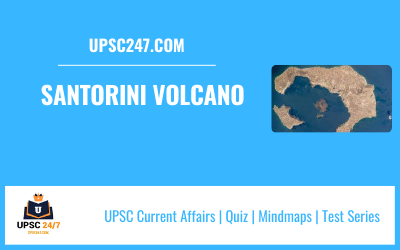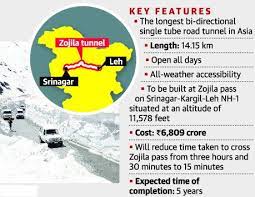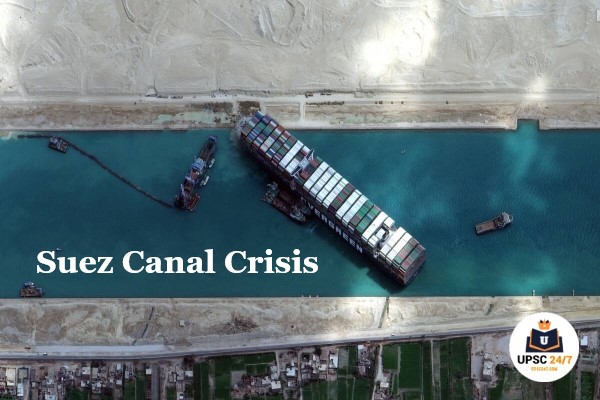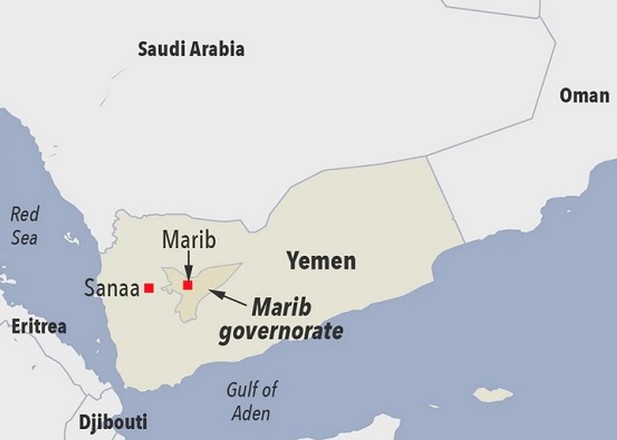Santorini Volcano | UPSC | Why In The News ?
Greece’s Santorini volcano erupts more often when sea level drops- New Findings.
Lower sea levels over the last 360,000 years are linked with more eruptions.

Key Findings :
- When the sea level dropped at least 40 meters below the present-day level, the crust above the magma chamber splintered.
- That gives an opportunity for the magma that’s stored under the volcano to move up through these fractures and make its way to the surface.
About Santorini Volcano
- Santorini is an island in the southern Aegean Sea, about 200 km southeast from the Greek mainland.
- It is the largest island of a small, circular archipelago, which bears the same name and is the remnant of a volcanic caldera.
- It is the most active volcanic centre in the South Aegean Volcanic Arc.
- It forms the southernmost member of the Cyclades group of islands.
- The island was the site of one of the largest volcanic eruptions in recorded history: the Minoan eruption (sometimes called the Thera eruption), which occurred about 3,600 years ago at the height of the Minoan civilization and led to its collapse.
Exercise Talisman Sabre | UPSC
About Aegean Sea :
- The Aegean Sea is an elongated embayment of the Mediterranean Sea between Europe and Asia.
- It is located between the Balkans and Anatolia, and covers an area of some 215,000 square kilometres.
- The Aegean is connected through the straits of the Dardanelles, the Sea of Marmara, and the Bosporus to the Black Sea, while the island of Crete can be taken as marking its boundary on the south.
- The Aegean is subdivided into the Myrtoan Sea and the Thracian Sea.
- The Aegean Sea experiences a Mediterranean climate.
- The weather in the Aegean basin is mainly influenced by the Etesian wind.
List of Bird Sanctuaries In India With Map | UPSC
What are various types of volcanoes?
Major types of volcanoes: Volcanoes are classified on the basis of nature of eruption and the form developed at the surface.
| Shield Volcanoes |
|
| Composite Volcanoes |
|
| Caldera |
|
| Flood Basalt Provinces |
|
| Mid-Ocean Ridge Volcanoes |
|








